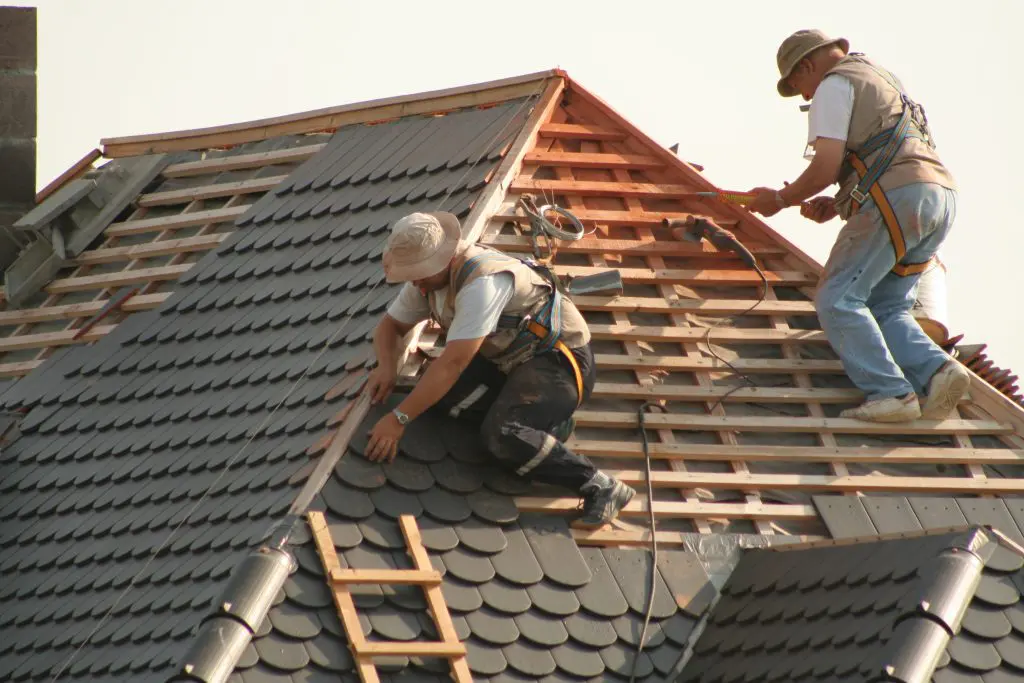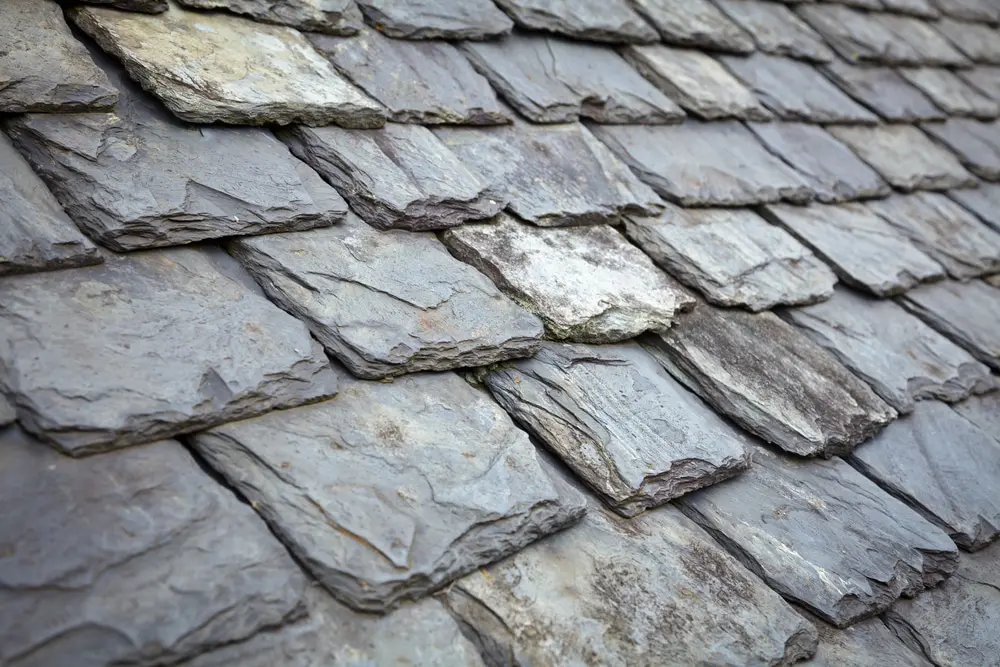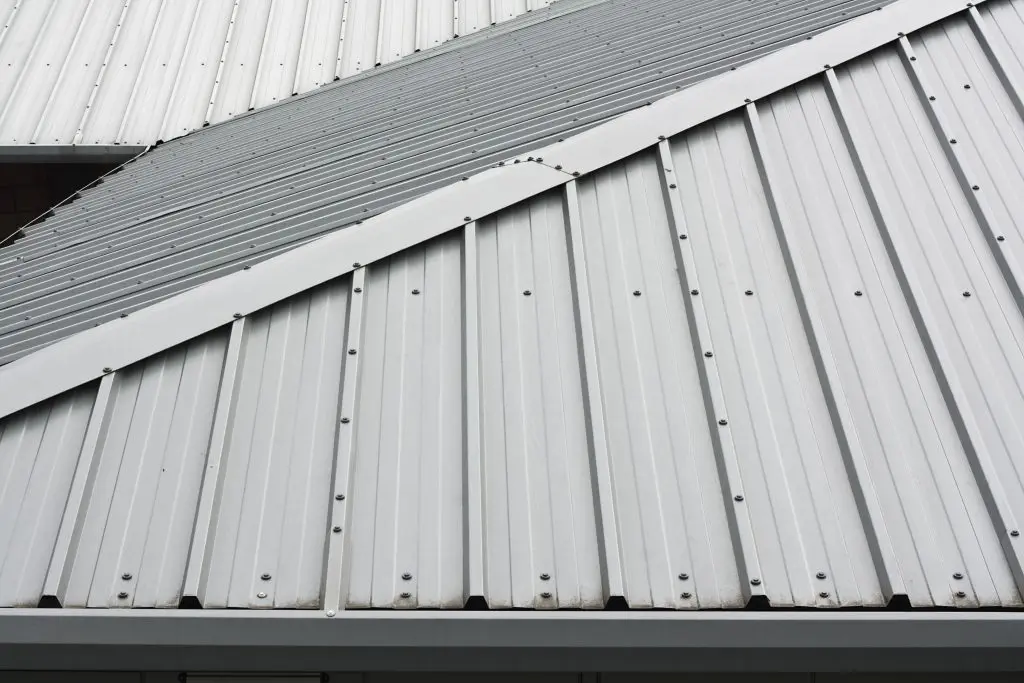How your choice of roofing material may affect your wallet
Besides setting the tone for the style of a home, a roof serves much more practical purposes. It protects our property; it keeps us dry. But some roofs are more effective in their duties than others. From style to function, we’ll investigate the differences and advantages of the variety of roofing materials most commonly used.

When a new home is being built, the type of roof material to be used is usually determined by the architect. He explains the choice to the buyer who then signs off on the project.
Re-roofing, on the other hand, may introduce a number of challenges. Using a new material that is heavier than the one set previously can have an adverse effect on the overall structure, requiring additional consideration and cost.
Since their weight can vary greatly, a heavier-than-allowed tile must be disregarded. This is why processing details such as these are best done initially, so that unforeseen circumstances may be minimized.
There are pros and cons associated with every tile option, but one thing is certain – a properly designed and installed roof will provide years of trouble-free protection from the elements. Outside of some climate response issues, roofing materials are more or less comparable. Given that the variety of roofing materials tends to perform the same function similarly, it may be their design that will emerge as the greater consideration.
Certain styles of homes have an inherent compatibility that goes without question. Apparently, a Spanish-style abode won‘t look right with an asphalt tile, and only the Terra Cotta tiles would be appropriate. So stylistically, a home may have already chosen its materials. And that’s an advantage, actually, because it helps narrow the field of boundless options.
 An abundance of choices can be intimidating, but by taking the time to learn, one may best identify the particular needs and their respective remedy. The most commonly used rooftop shingles are made of asphalt (or composite). It is known to be among the most affordable and is available from plenty of manufacturers in a wide variety of styles and color.
An abundance of choices can be intimidating, but by taking the time to learn, one may best identify the particular needs and their respective remedy. The most commonly used rooftop shingles are made of asphalt (or composite). It is known to be among the most affordable and is available from plenty of manufacturers in a wide variety of styles and color.

Comparable to Clay, concrete tiles are quite durable and adaptable; they imitate the likeness of clay, slate and shake at a lower price that one would spend on the real thing. Actual clay roof tiles meanwhile are fragile and expensive. In some cases there is no other choice, the old world charm of certain homes is compatible only with clay tiles.

Slate roofs are considered safe because of their fire resistance. Made of metamorphic stone, the shingles are particularly dense and flame retardant. Durable and complementary, a slate roof is an attractive asset that could last a lifetime.

Once extremely popular, sales of wood shingles and shakes have been on a profound decline. Though some still appreciate the prolific history related to the material – and the added insulation they provide – wood shingles may soon find themselves relics of the past.

Ultra-modern and compatible to today’s architectural styles are metal roofs. Not necessarily cost efficient, they perform wonderfully and can even provide a contemporary sense to an older home.

Of course, there are alternative roof materials as well. Most are designed to be ‘Green-friendly.’ Since being environmentally aware is more relevant than ever, solar options have dramatically increased in popularity. They’ve consistently become more affordable and, eventually, they pay for themselves by minimizing reliance on utilities.
As can be seen, knowing what’s on your roof really can make a difference. Not only in helping to portray romantic, modern and rustic themes but by contributing to ensure protection from the elements while benefiting – financially and otherwise – from an educated choice.




